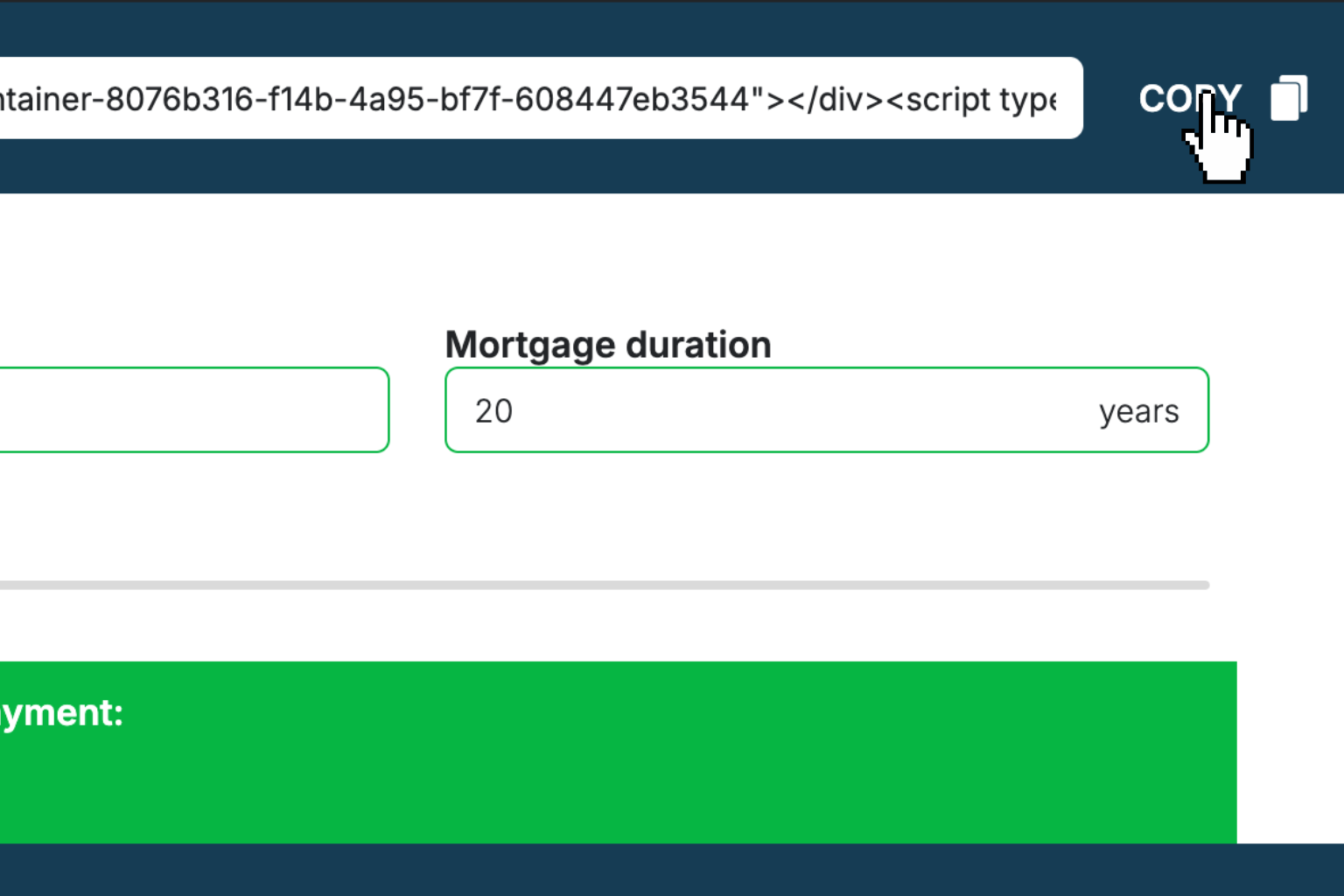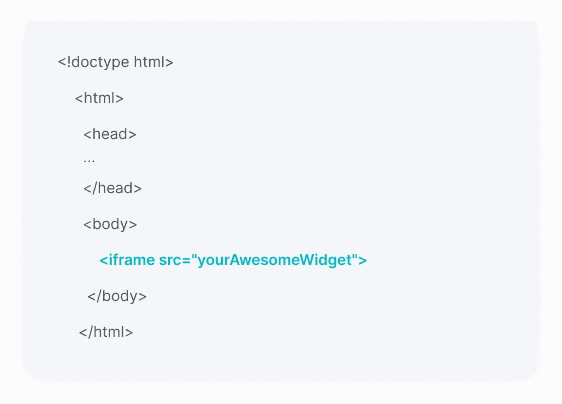Appreciation Calculator
Quickly calculate how much your assets will grow or find the appreciation rate needed to reach your financial goals.How Appreciation Calculator Works
This calculator helps you understand how assets like real estate, stocks, or investments appreciate over time using compound growth. You can calculate either the future value of your asset or determine what appreciation rate you need to reach a specific goal.
The calculator uses compound annual growth rate (CAGR) principles, which means it assumes your gains are reinvested each year. This gives you a more accurate picture than simple interest calculations because it accounts for the compounding effect.
Whether you're planning for retirement, evaluating investment opportunities, or trying to understand property value growth, this tool helps you make informed decisions by showing realistic projections based on historical appreciation patterns.
Appreciation Calculator Formula Breakdown
Formula
Future Value = Initial Value × (1 + Annual Appreciation Rate)^Number of Years
Annual Appreciation Rate = ((Future Value ÷ Initial Value)^(1 ÷ Number of Years)) - 1
Total Appreciation = Future Value - Initial ValueVariables Explained
- Initial Asset ValueThe starting value of your investment or asset in dollars. This could be the purchase price of real estate, initial investment amount, or current market value of an asset you're analyzing.
- Number of YearsHow many years you plan to hold the investment or the time period you're analyzing. This should be the total holding period from start to finish.
- Annual Appreciation RateThe yearly percentage increase in value, expressed as a decimal (3% = 3.00). For real estate, this typically ranges from 2-6% annually, while stock market averages around 7-10% historically.
- Future ValueThe projected value of your asset at the end of the time period, or your target value if you're working backwards to find the required appreciation rate.
Example Calculation
Given:
- Initial Asset Value: $500,000
- Number of Years: 10 years
- Annual Appreciation Rate: 3.00%
Calculation:
Future Value = $500,000 × (1 + 0.03)^10
Future Value = $500,000 × (1.03)^10
Future Value = $500,000 × 1.3439
Future Value = $671,958.00
Total Appreciation = $671,958.00 - $500,000 = $171,958.00Result:
$671,958.00Explanation
A homeowner who bought a house for $500,000 can expect it to be worth approximately $672,000 after 10 years with a 3% annual appreciation rate, gaining about $172,000 in value.
Tips for Using Appreciation Calculator
- 💡Use conservative appreciation rates for planning - real estate typically appreciates 2-4% annually, while the stock market averages 7-10% over long periods, but with much more volatility.
- 💡Consider inflation when evaluating appreciation - a 3% appreciation rate during 3% inflation means no real purchasing power gain.
- 💡Location matters significantly for real estate appreciation - research local market trends and economic factors that drive property values in your specific area.
Make Your Own Web Calculator in 3 Simple Steps
Create Interactive Calculator
Design your interactive calculator in under 5 minutes using our drag-and-drop builder.Preview & Generate Embed Code
Review your calculator and copy the embed script when you're satisfied with the results.Embed Calculator Into Your Website
Paste the code into your website's HTML. Works on WordPress, Shopify, Wix, and any platform.
Eugen
Creator of Creative Widgets“After 10+ years in digital marketing, I’ve built calculators that drove thousands of new leads for clients. I realized one thing: calculators convert. They're killer for CRO and great for SEO. That's why I built Creative Widgets—an easy, no-code calculator builder. ”
It's free. Try it out. You'll like it.




